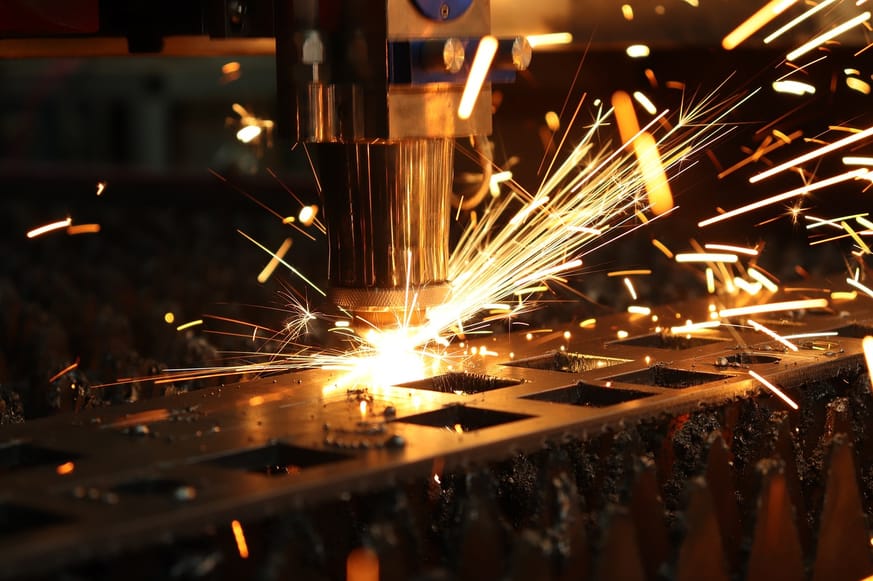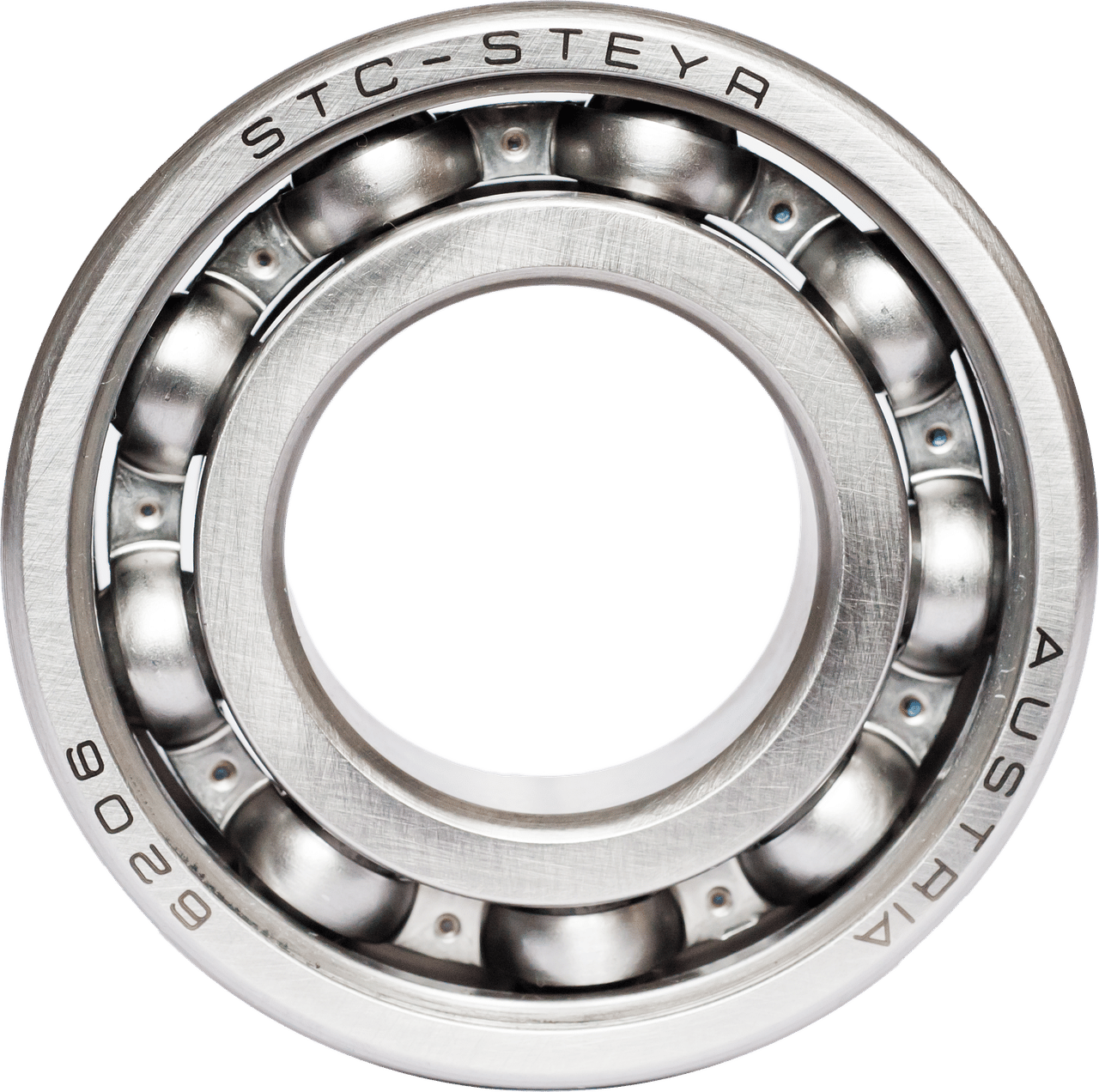Summary
This article explores the evolving landscape of precision machining with a focus on thread adapters, highlighting their significance in various industries. Key Points:
- Advanced materials like high-strength polymers and ceramics enhance the performance of thread adapters, making them ideal for demanding environments such as aerospace and medical applications.
- AI-driven design tools optimize thread adapter geometries for specific uses, reducing manufacturing costs and waste while improving overall performance.
- Additive manufacturing techniques allow for the creation of complex, customized thread adapters that can meet unique application needs in real-time.
What are Thread Adapters and Why Do They Matter in Precision Machining?
My First Thread Adapter Experience: A Tale of Frustration and Triumph
His workspace echoed with the sound of tools clanking as doubts crept in like an unwelcome guest. He had been so sure that tackling this project would be straightforward—but things weren’t adding up. It turned out, instead of the M8 adapter he needed, he'd grabbed an M10 by mistake.
“Seriously? Who knew there were so many sizes?” His voice dripped with disbelief as he stared at the mangled threads on the workpiece—a harsh reminder of every failed attempt so far. By noon, disheartened yet still determined—the clock ticking louder than ever—Alex couldn’t shake off the question: Would mastering this skill always feel like an uphill battle?
| Machining Method | Description | Applications | Materials Used | Key Considerations |
|---|---|---|---|---|
| Thread Machining | A subtractive method using a rotating tool to create internal and external threads. | CNC machining centers, automotive components, aerospace fittings. | Brass, steel, aluminum, plastics. | Precision tolerances, thread profile specifications. |
| Saw Cutting | Utilizes a blade to cut materials into desired shapes or sizes before threading. | Initial shaping of components for subsequent machining processes. | Steel sheets, plastic sheets. | Blade material selection and cutting speed. |
| Turning | Rotates the workpiece against a stationary cutting tool to remove material and create threads. | Production of cylindrical parts with threaded features like bolts and nuts. | Steel, brass, titanium alloys. | Tool geometry and coolant usage. |
| Thread Rolling | Forms threads by deforming the material rather than cutting it away; enhances strength and surface finish. | Manufacturing fasteners like screws and bolts with high volume efficiency. | Carbon steel, alloy steels. | Roller hardness and feed rate adjustments. |
| Drilling & Milling | Complementary processes that prepare materials for threading by creating holes or flat surfaces as needed. | Creating pilot holes for screw insertion or producing complex part geometries. | Aluminum alloys, mild steel. | Feed rates, drill bit types. |
The Turning Point: Overcoming Challenges with Thread Adapters
Some started flipping through their own manuals, searching for answers that felt just out of reach. Others leaned back in their chairs, arms crossed tightly over their chests, looking like they were lost in thought—or maybe just overwhelmed. We all sensed it; something wasn’t right here.
“Did you double-check the measurements?” someone finally asked, breaking the stillness but not quite lifting the tension. Alex hesitated before responding, “I thought I did... but maybe I missed something.” It was a hard admission.
The clock ticked louder now—each second a reminder that frustration was spreading beyond his workspace and affecting everyone around him. With every passing moment, we could feel our collective resolve wavering. Then suddenly—just when it seemed like hope might slip away entirely—Alex took a deep breath and reached for the correct adapter again.
How We Help Precision Machinists Solve Thread Adapter Problems
At 2 PM, the team convened to brainstorm solutions. Some suggested utilizing video tutorials while others argued that hands-on guidance would be more effective. The discussion was charged with uncertainty—“What if we invest time and still don’t see results?” one member cautioned.
Despite the mixed sentiments, they pressed on with trial adjustments. Yet as they worked through the afternoon, doubt lingered in the air: would this new approach finally yield success? Only time would tell if they had truly turned a corner or were merely grasping at straws.

 Free Images
Free ImagesFrequently Asked Questions About Thread Adapters in Precision Machining
Beyond the Basics: Exploring Specialized Thread Adapter Applications?
The Debate: Custom vs. Off-the-Shelf Thread Adapters – Which is Right for You?
Practical Guide: Selecting and Using the Right Thread Adapter for Your Project
When it comes to precision machining, selecting the right thread adapter can significantly impact not only the efficiency of your project but also its overall success. Many professionals often rely on past experiences or general rules of thumb when choosing adapters, which can lead to inefficiencies or even failures in critical applications. That's why I recommend a more systematic approach that leverages data-driven insights.
I remember when I first encountered issues with mismatched thread adapters during a high-stakes project. It turned out that small discrepancies in specifications had led to significant operational setbacks. Since then, I've learned that understanding the intricacies of thread adapter selection is essential for any precision machining endeavor.
Here’s a step-by-step guide to help you select and use the right thread adapter effectively:
#### Step 1: Gather Essential Data
Before diving into selection, collect all necessary parameters related to your application. This includes material properties (yield strength, tensile strength), operating conditions (torque requirements, temperature ranges), and historical failure data from past projects. The more precise your data, the better equipped you'll be.
*Tools Needed:* Data sheets for materials; previous project reports.
*Tip:* I usually create a checklist to ensure no detail is overlooked!
#### Step 2: Analyze Compatibility
Once you have your data ready, analyze compatibility between potential adapters and mating components. Look for optimal matches based on mechanical properties—this will help prevent premature failures.
*Tools Needed:* Compatibility matrices or software tools designed for this purpose.
*Note:* Don’t hesitate to consult manufacturer guidelines; they often provide valuable insights into material pairings!
#### Step 3: Leverage Predictive Modeling
Consider utilizing AI-driven predictive modeling tools if available. Input your gathered parameters into these systems; they can suggest optimal adapter types based on extensive databases and algorithms that predict performance longevity under specific conditions.
*Tip:* For those new to predictive modeling software, take advantage of trial versions or tutorials provided by developers—they're incredibly helpful!
#### Step 4: Conduct Tests Before Full-Scale Use
If possible, conduct preliminary tests with selected adapters before full-scale implementation. This allows you to identify any unforeseen issues without risking larger operations.
*Tools Needed:* Test rigs or setups mimicking actual working conditions.
*Reminder:* Set clear benchmarks for what constitutes success in these tests so you can measure effectiveness accurately.
#### Step 5: Document Findings
After testing various options, document which thread adapters performed best along with their respective configurations and applications. Not only does this build a knowledge base for future projects but it also enhances collaborative efforts within teams.
*Tip:* Maintain a shared digital folder where team members can contribute findings—it fosters transparency and collective learning!
For those looking to elevate their application further: consider exploring advanced simulations that account for dynamic loading conditions beyond standard torque specifications. If you're feeling ambitious after mastering basic selections—dive deeper into specialized training sessions on AI applications in manufacturing! The industry is evolving rapidly; staying ahead could give you an invaluable edge over competitors.
By following these steps thoughtfully while embracing both traditional knowledge and modern technology, you'll find yourself well-equipped to tackle any threading challenge effectively!

The Future of Thread Adapters: What Innovations Lie Ahead?
Conclusion: Mastering Thread Adapters for Enhanced Precision Machining
The future of precision machining lies in embracing innovation, whether through adopting new materials or exploring cutting-edge manufacturing processes. As businesses strive for efficiency and customization, now is the time to take action: evaluate your current practices, consider how thread adapters could be optimized for your specific needs, and explore the potential of additive manufacturing.
In an era where customization reigns supreme, staying ahead will require agility and openness to change. Let’s commit ourselves to mastering these emerging technologies together; after all, progress waits for no one!
Reference Articles
Thread Machining – Process and Applications - Gozone
Thread machining is a subtractive method. It involves the working of a rotating tool. The rotating tool has calibrations of various depths and ...
Source: gozonepack.comUnderstanding Thread Machining: Process, Methods, & Cutting Guide
Thread machining is one of the most important applications in a CNC machining center. It is a subtractive method used in making external and internal threads ...
Source: WayKenCNC Machining Tools | Precision Internal Thread Cutting
The Machining Process. This section covers the machining process of CNC thread machining as well as practical tips for accurate machining.
Source: ZintilonCNC Turning & Saw Cutting of a Steel Adapter
The part and its numerous details were created with saw cutting, precision turning, and thread rolling processes. The unit was further cleaned and finished ...
Source: National Technologies, Inc.Specifying threads for CNC Machining
In this post, I'll explore in detail how to select and specify threads for CNC machining as well as draw your attention to key design considerations.
Source: Penta PrecisionThread Tolerance Classes of Internally Threaded Adaptors
Their main manufacturing components, include brass metal components, steel metal machining components, stamping components, cold forging components and ...
Source: was shengEverything you need to know about Machining Thread
From CNC machining and milling to CNC turning and precision stamping, threads are integral to a myriad of manufacturing procedures.
Source: Worthy HardwareTypes of Machining Processes: Turning, Milling, and Drilling
We cover three of the most common operations including turning, drilling, and milling. Machining is a very common and versatile manufacturing process.
Source: Trimantec


 ALL
ALL Precision Machinery
Precision Machinery
Related Discussions